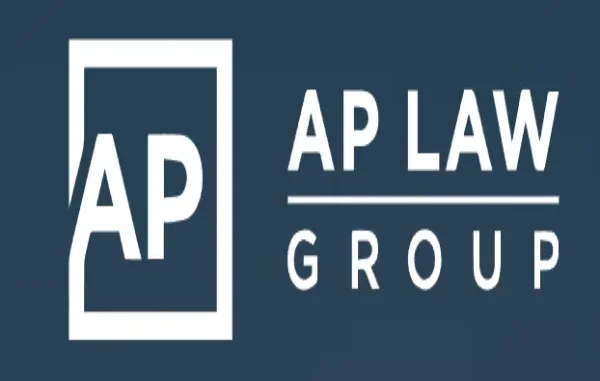
A pedestrian accident occurs when a pedestrian is injured by a vehicle or another party due to someone’s negligence. Liability depends on whether a person or entity owed a legal duty of care to the pedestrian and whether they breached that duty, causing injury. Multiple parties could be responsible—not just the driver.
Understanding potential responsible parties is especially important for anyone considering filing a claim after a pedestrian injury. During the claims process, AP Law Group pedestrian injury attorneys can assist by investigating and holding all potentially responsible parties accountable for damages.
Founded by Arsha Pourghaffar, AP Law Group has successfully secured multi-million-dollar settlements for clients and is recognized for its experience handling complex pedestrian accident cases in Houston. They are knowledgeable about drivers, vehicle owners, property managers, and governmental entities that may have contributed to the accident.

Common Liable Parties
1. Drivers and Vehicle Operators
Typically, drivers are the primary persons who are liable when a pedestrian is struck. Examples of driver negligence include speeding, distracted driving, and failing to obey traffic signals.
2. Vehicle Owners
If someone else is driving a vehicle, the owner may also be held liable. For instance, allowing an unlicensed driver to operate the vehicle can make the owner liable. A vehicle owner may also be liable if they knowingly allow a licensed driver to operate the vehicle unsafely.
3. Property Owners and Managers
Property owners are responsible for maintaining safe sidewalks, parking lots, and walkways. Dangerous conditions, such as broken pavement, inadequate lighting, or obstructed sightlines, can give rise to liability for the party responsible for maintaining the property.
If a property owner or manager fails to address a known hazard, their liability may increase.
4. Government Entities
Government entities are responsible for maintaining roads, sidewalks, and traffic control systems. If a dangerous condition exists—such as a broken signal, missing pedestrian crosswalks, or other roadway hazards—the government may share liability.
Governmental immunity laws can affect pedestrian claims, so having attorneys who understand how to navigate these laws is crucial.
How Is Liability Determined?
Determining liability may involve gathering evidence, including police reports, witness statements, traffic camera footage, and expert analysis.
You may also share some fault. For example, crossing outside a crosswalk or failing to obey traffic signals could reduce your recovery under comparative negligence rules.
Key Takeaways
- There could be multiple liable parties in a pedestrian accident claim.
- Drivers are the most common party liable, but not the only liable party, in the claim.
- Property and government responsibilities concerning liability could be taken into consideration.
- Legal rules concerning governmental and sovereign immunity can affect these claims and often require experienced legal assistance.
- Retaining experienced legal counsel is essential to protect your rights and pursue damages effectively.






Leave a Reply